Meet in Chouara, the tannerie district in Fez
The city of Fez, the third largest city in the Morocco , was founded in the 8th century and now has more than one million inhabitants. The city has a distinct traditional character, especially the old town or medina called Fez el Bali , which has hardly changed for centuries. Located behind a high wall, the medina has narrow and pedestrian streets where hundreds of traders and craftsmen sell a range of products such as dates, fish, spices, copper vases, carpets and musical instruments. Fez is also famous for its leather items, most of which come from souk of tanners . The souk houses three antique tanneries, the largest and oldest being the tannerie de Chouara , which is almost a thousand years old and is one of the most famous of the country with that of the Bab Debbagh door to Marrakech .
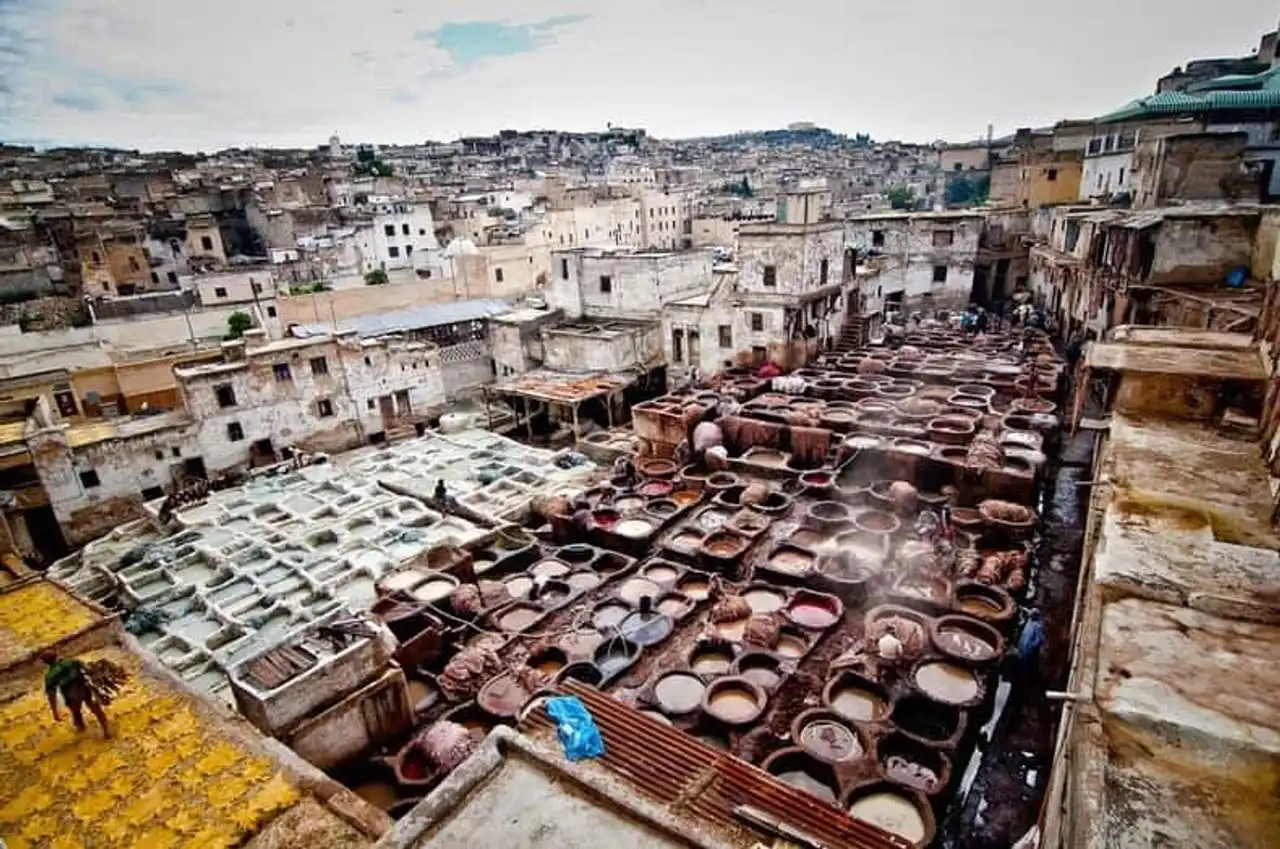
♪ Fez tanneries consist of many filled stone vases with a wide range of dyes and various liquids spread like a large palette of watercolors . Dozens of men, many of whom are standing up to the size in the colors, work under the burning sun. The tanneries treat the skins of cows, sheep, goats and camels, transforming them into high-quality leather items such as bags, coats, shoes and shoes . All this is done by hand, without requiring the use of modern machines, and the process has only changed very little since the medieval period, which makes these tanneries absolutely fascinating to visit .
A la tannerie de Chouara , the skins are first dipped in a mixture of cow urine, lime, water and salt. This caustic mixture helps to decompose the resistance of the leather, to remove excess fat and flesh, and hairs that have remained on it. The skins are soaked for two to three days, after which the tanners remove excess hair and fat from hand to prepare the leathers for dyeing. The skins are then soaked in another set of tanks containing a mixture of water and pigeon excrements. The dove excretion contains ammonia that acts as a softening agent that allows leathers to become malleable so that they can absorb the dye. The tanner uses his bare feet to mix the skin up to three hours during to achieve the desired flexibility .
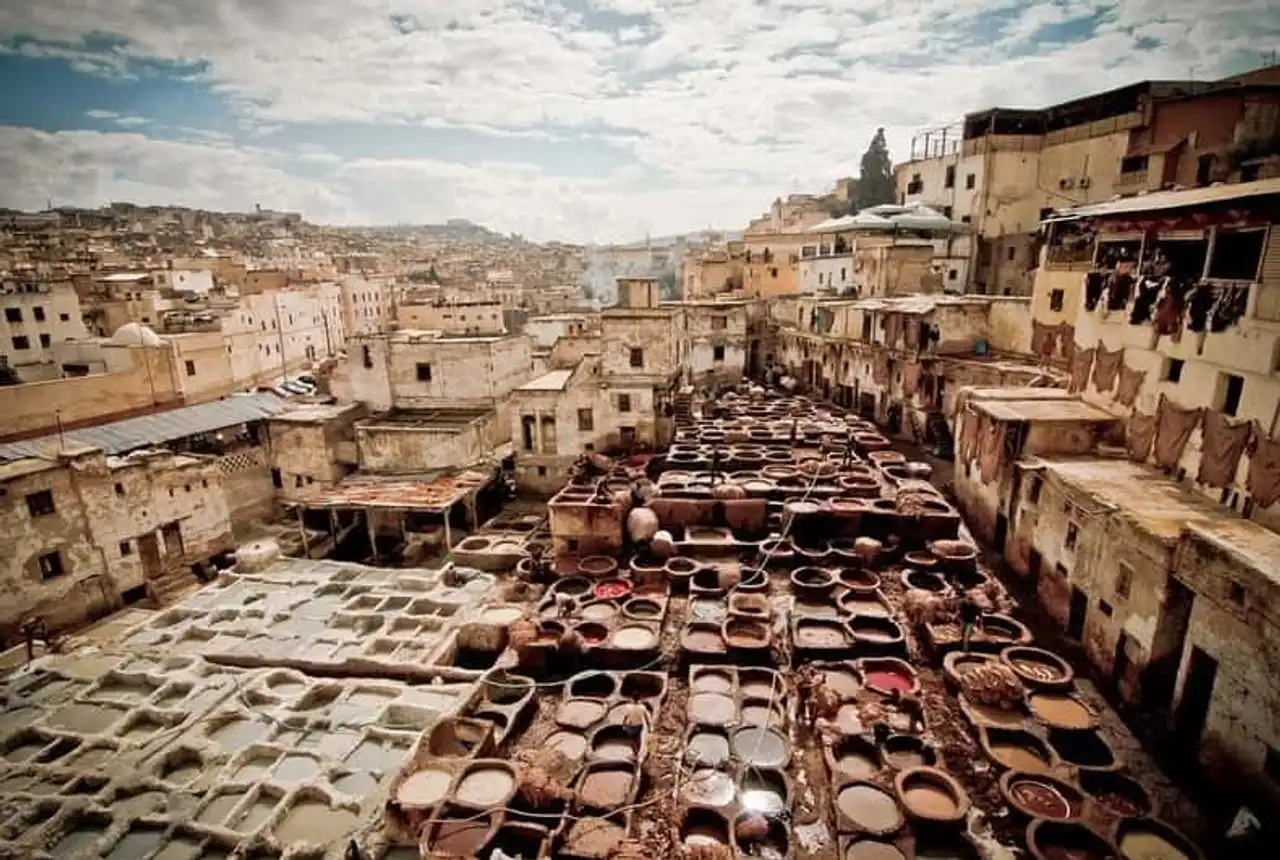
The skins are then placed in dye pits containing natural plant dyes, such as the poppy flower (red), indigo (blue), the hnné (orange), cedar wood (brun), mint (green) and safran (yellow). Other materials used for dyeing include pomegranate powder, which is rubbed on the skin to make them more loose, and olive oil, which will make them shiny.
Once the leather is dyed, it is put to dry in the sun. The finished leather is then sold to other craftsmen who make the famous Moroccan slippers, known as babouches , as well as wallet, handbags and other leather accessories. Many of these products fear a path in European markets .
To get them best views on tanneries (to take pictures in particular), you must access the surrounding terraces of leather shops. Just go back to one of the shops and ask for a visit, and the seller will give you an overview of how the skins are treated and tell you which colorants come from which plants. Dove excrements and cow urine produce a spicy smell so that the guide will certainly provide you with fresh mint brins to help you overcome the smell.
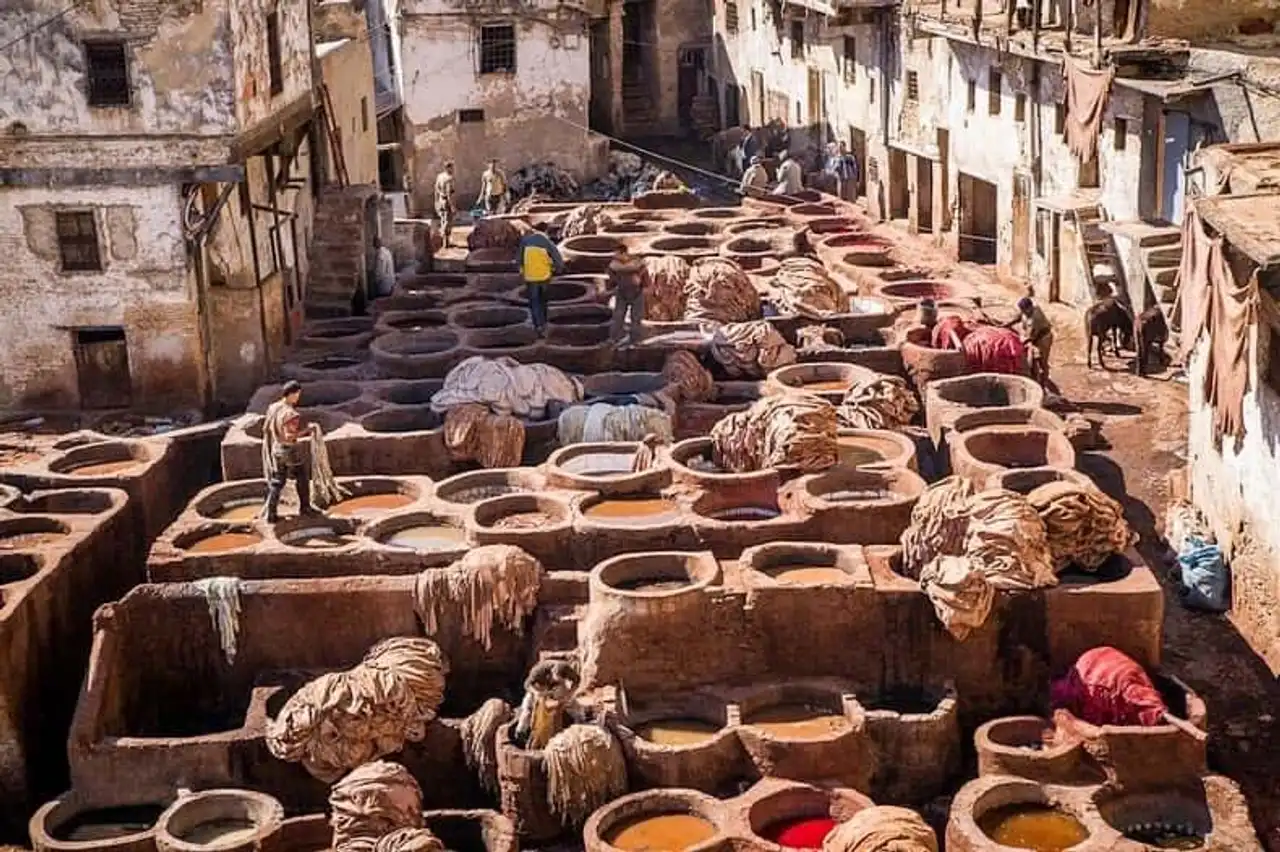
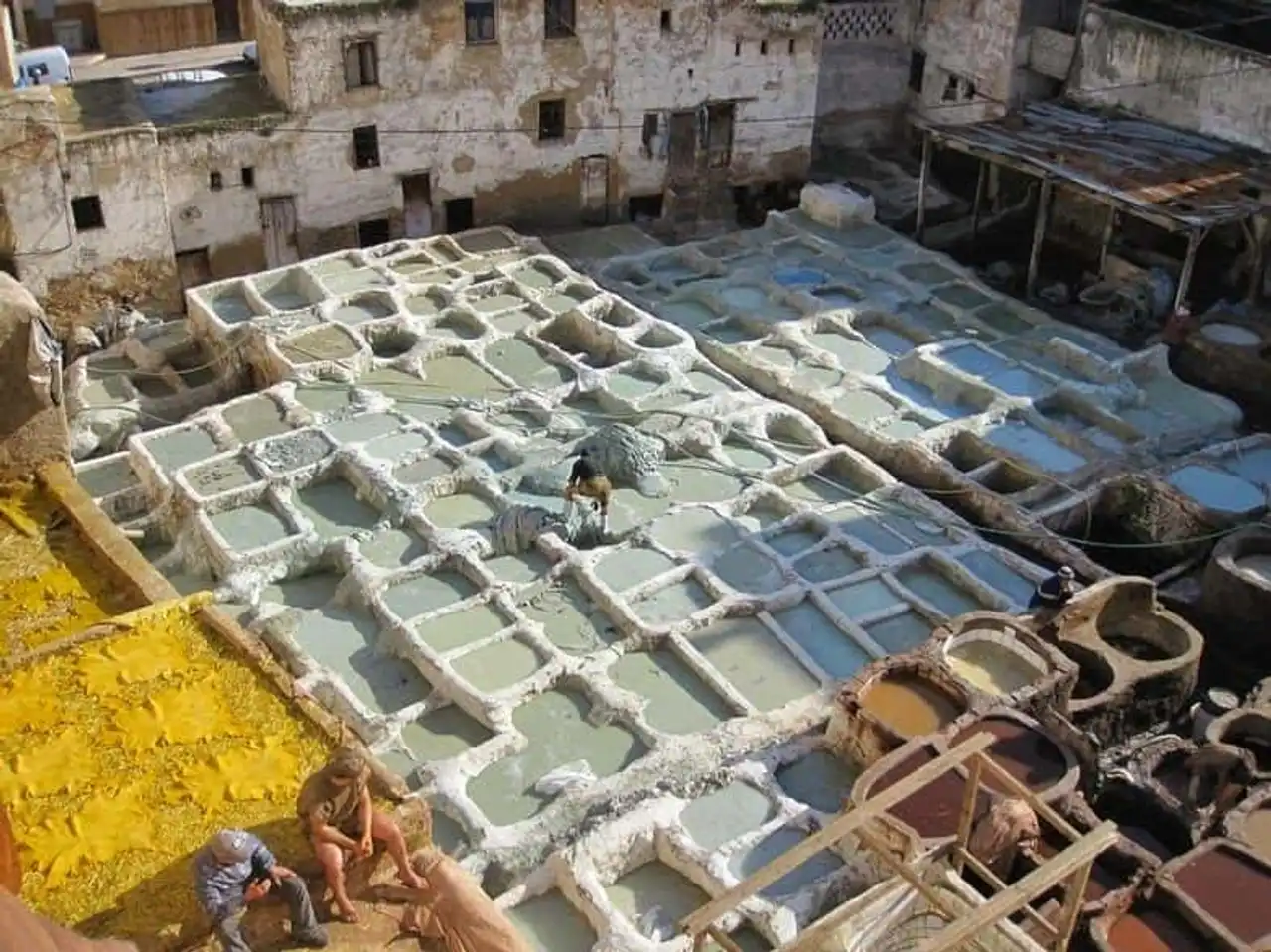
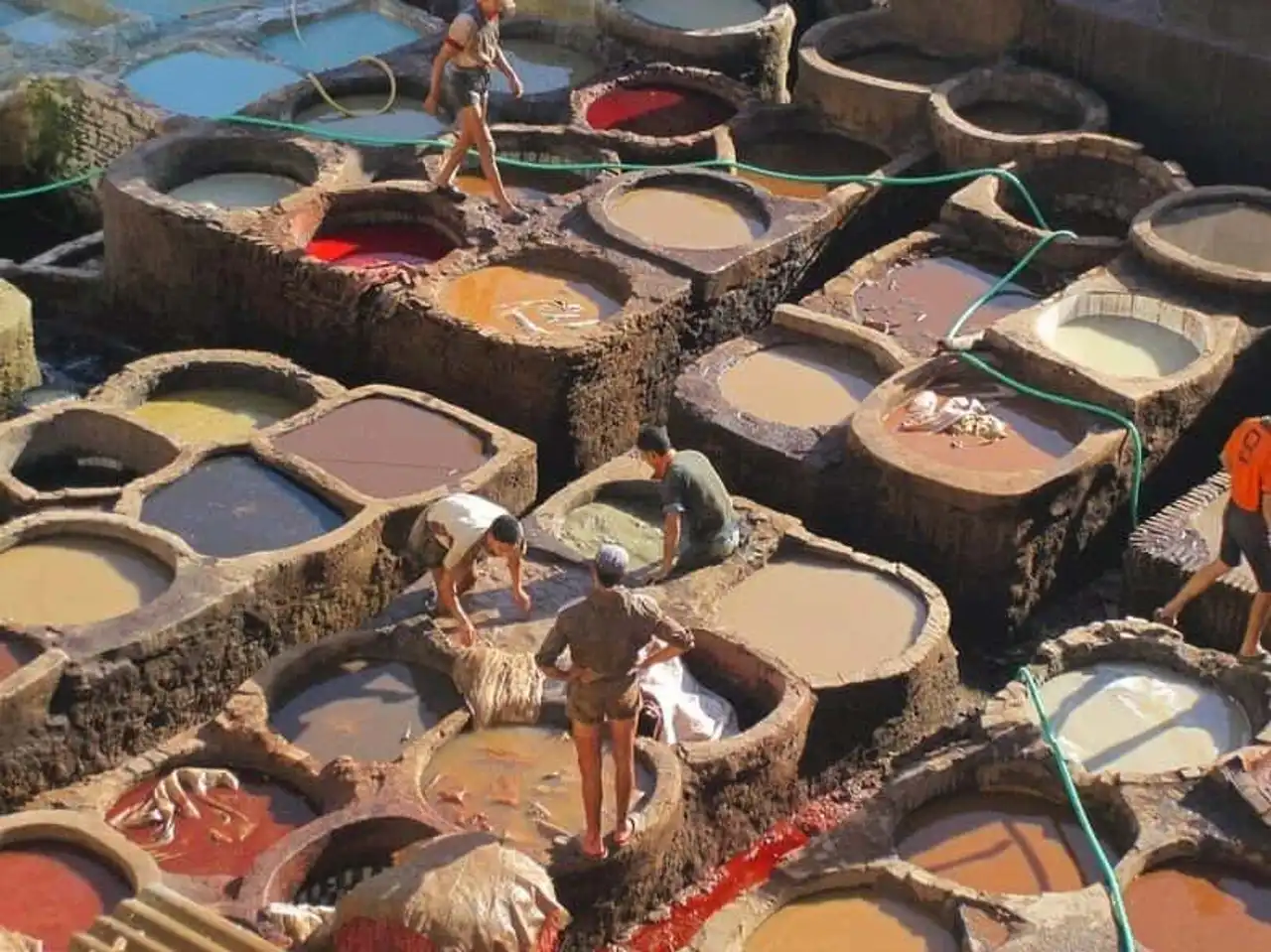
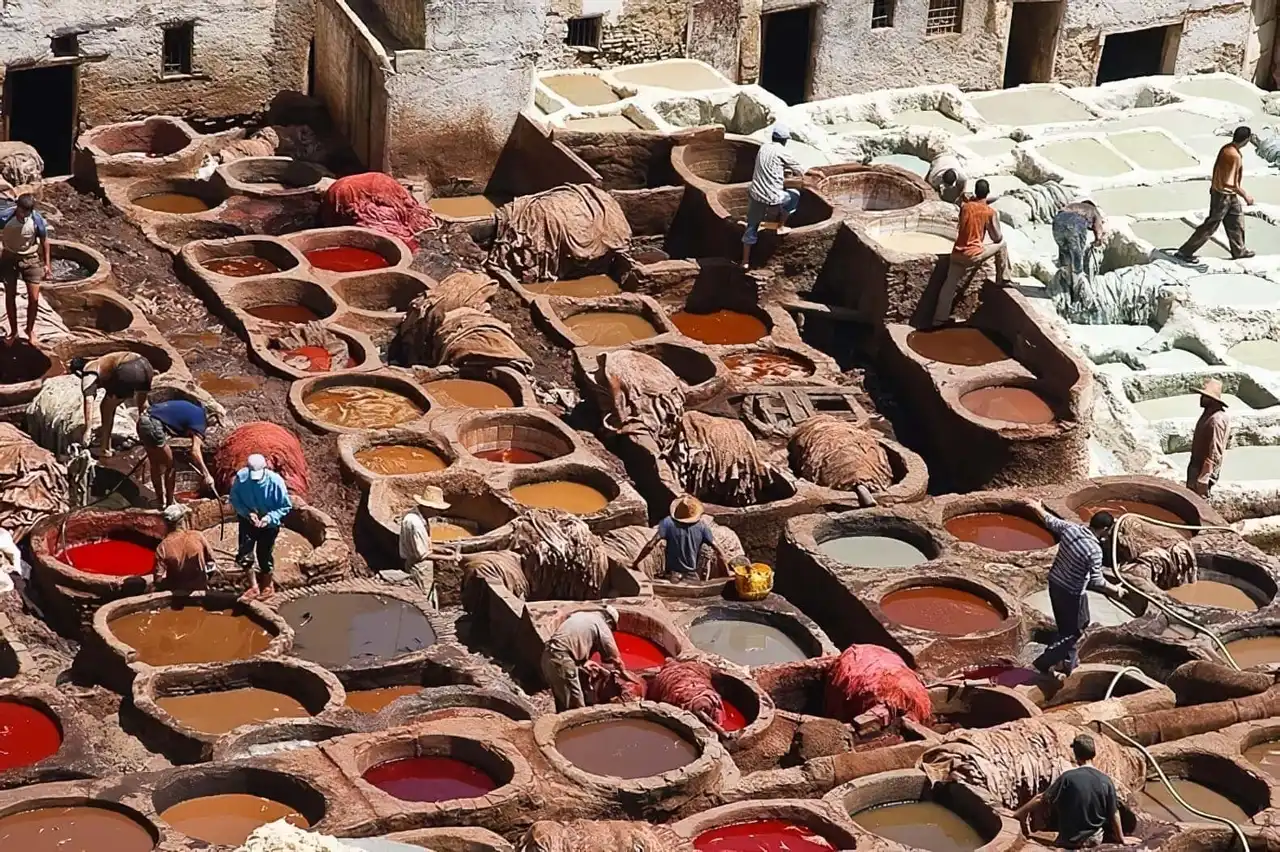
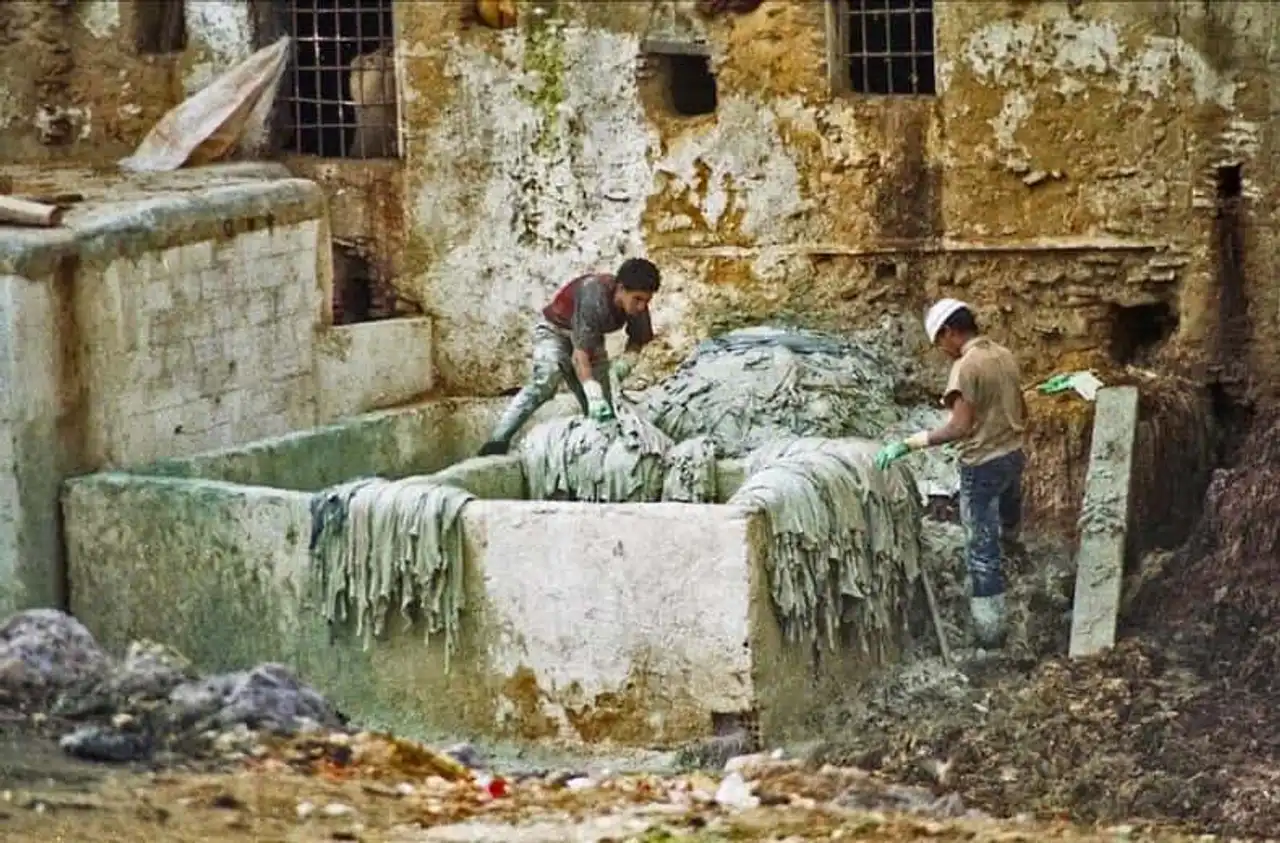
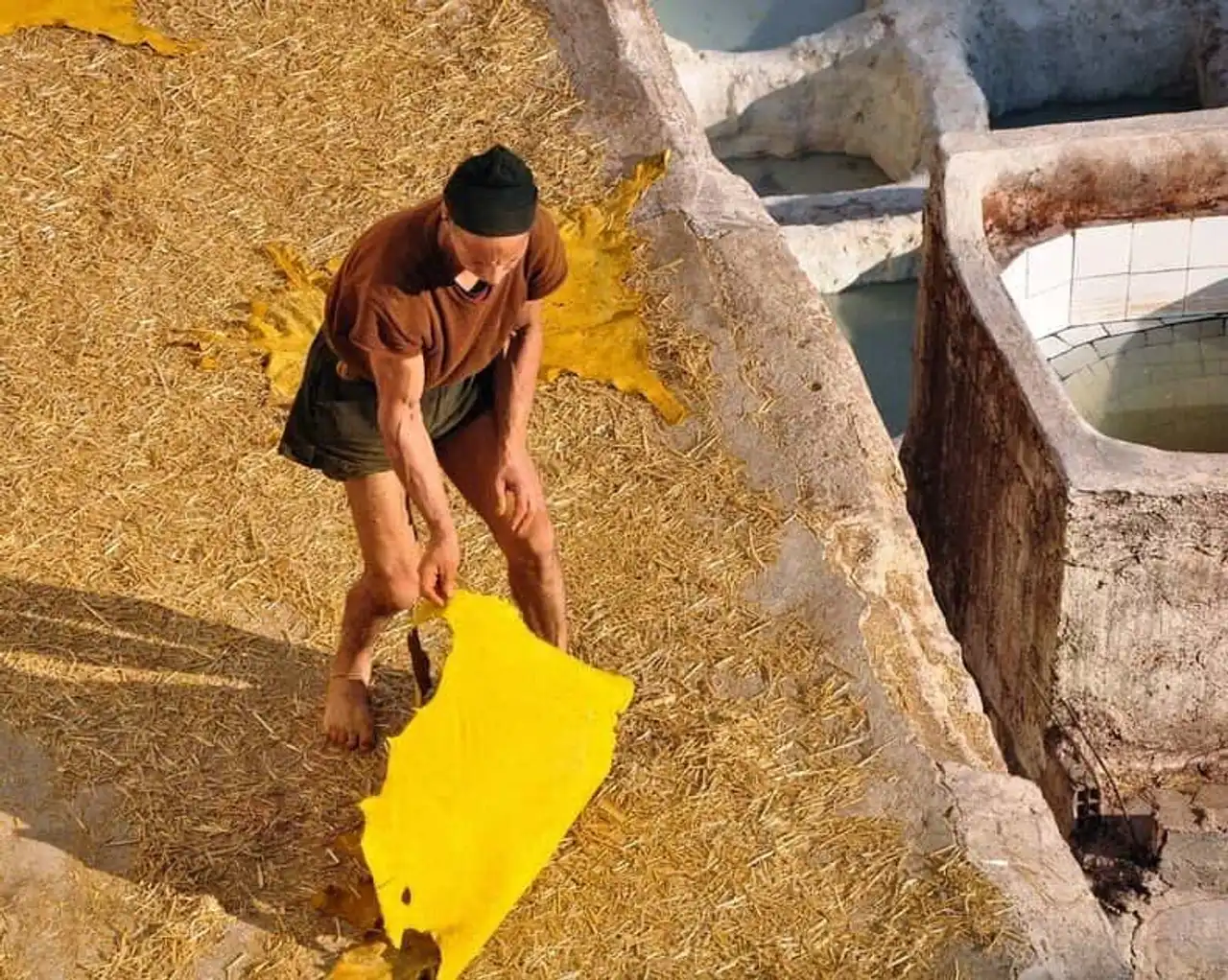
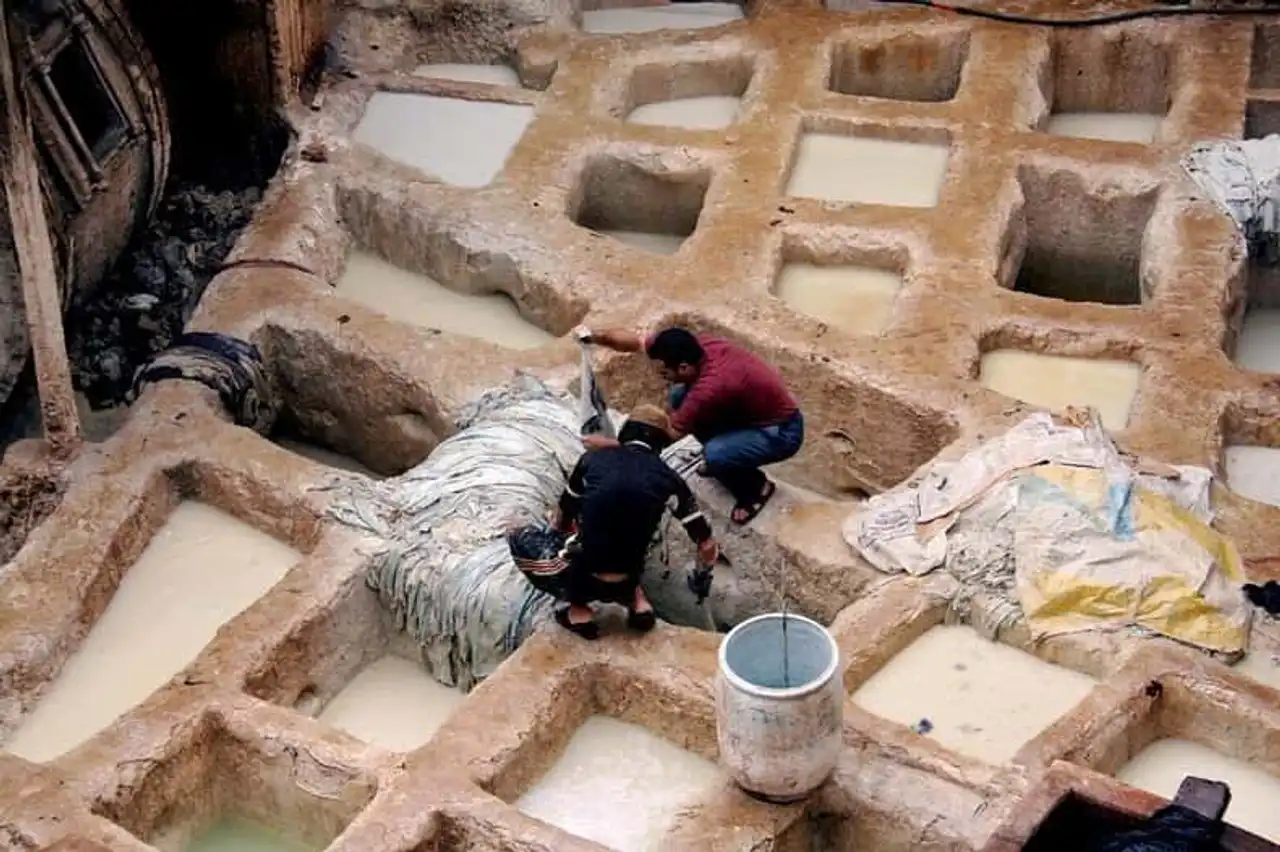
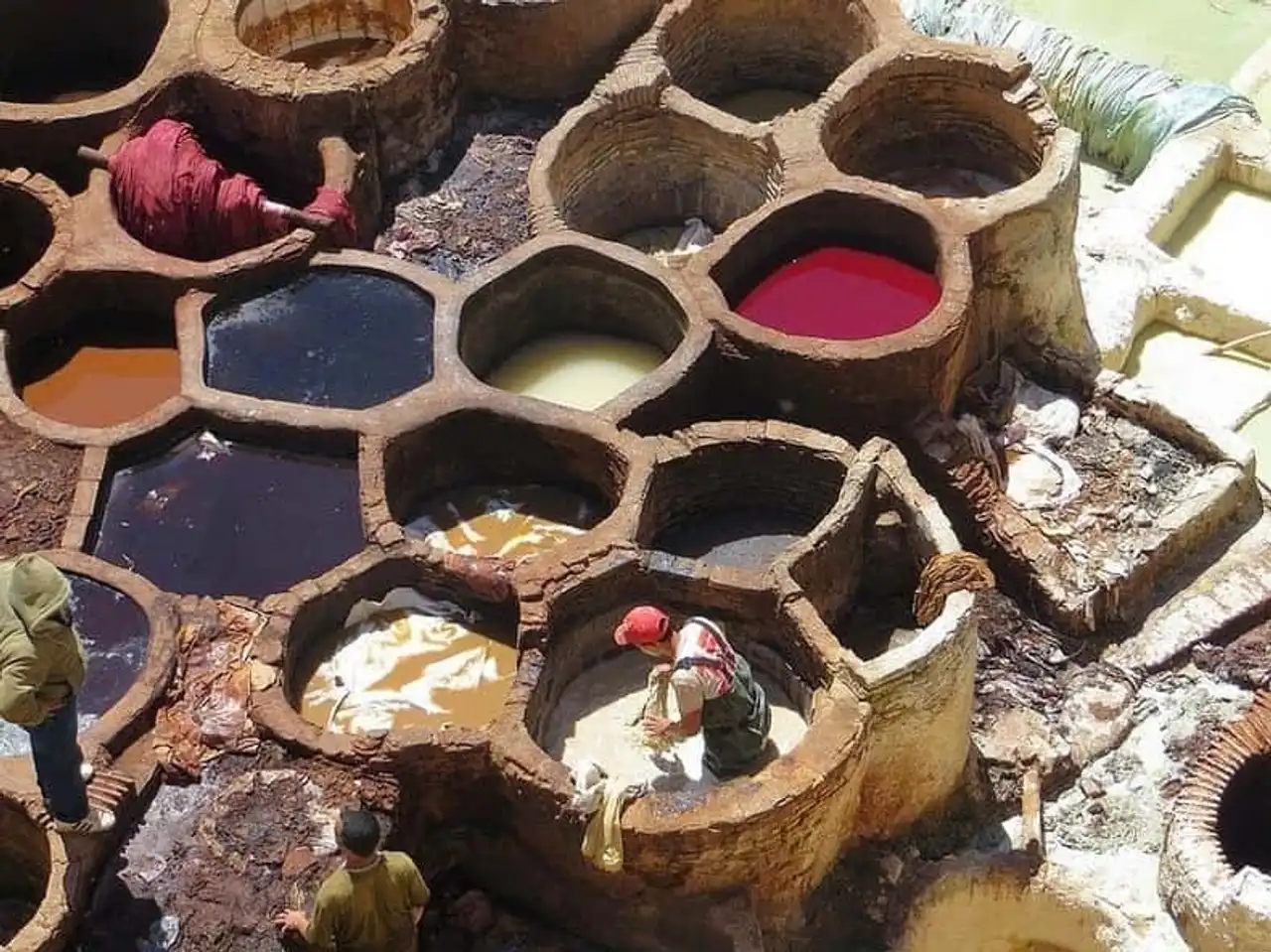
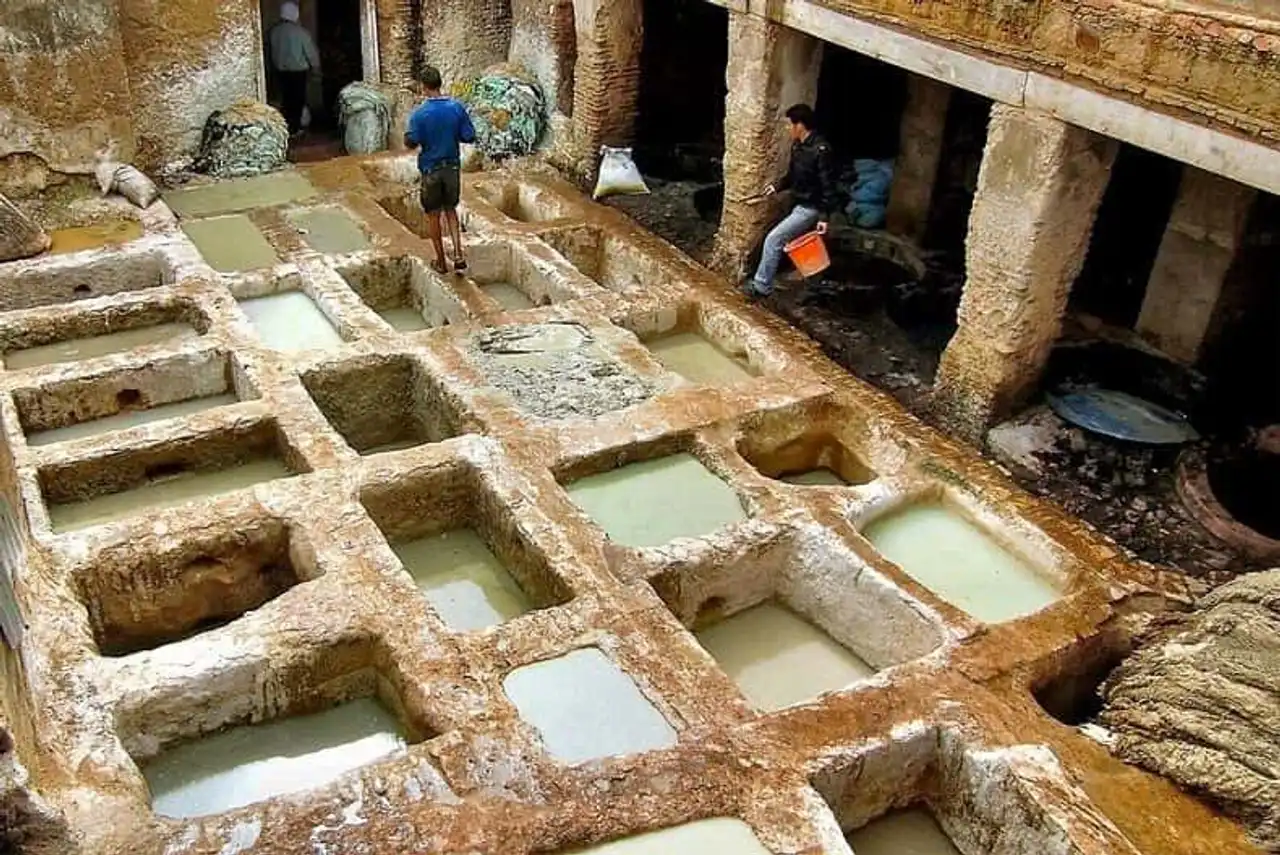
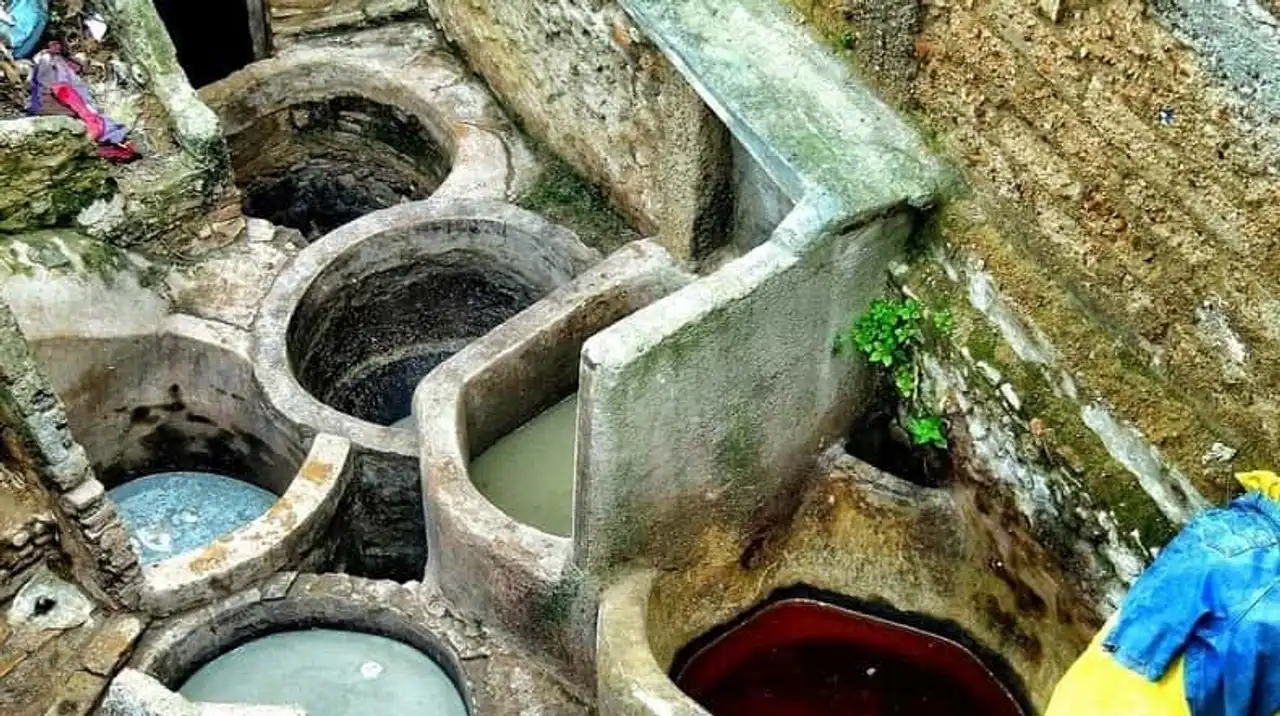
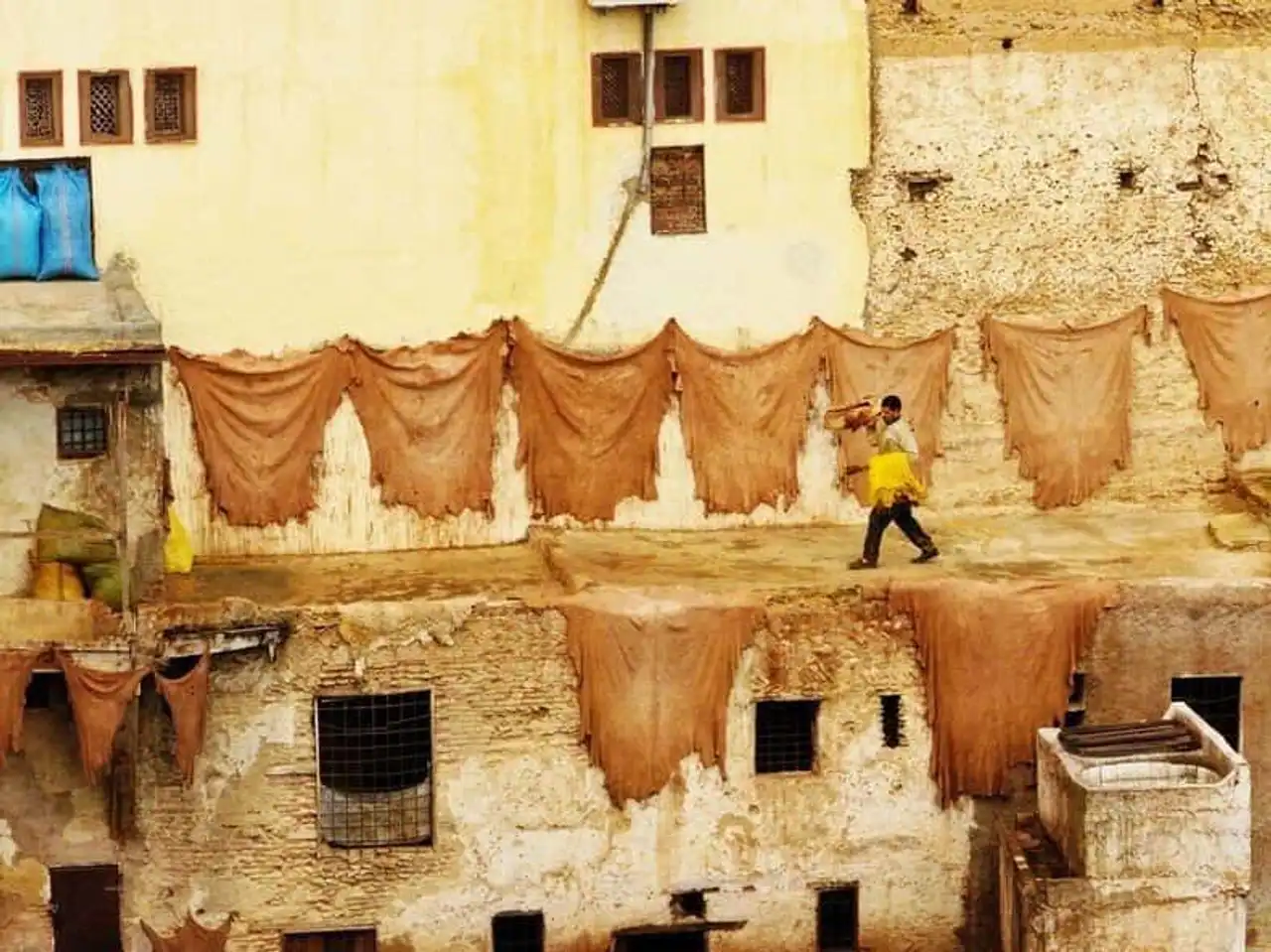
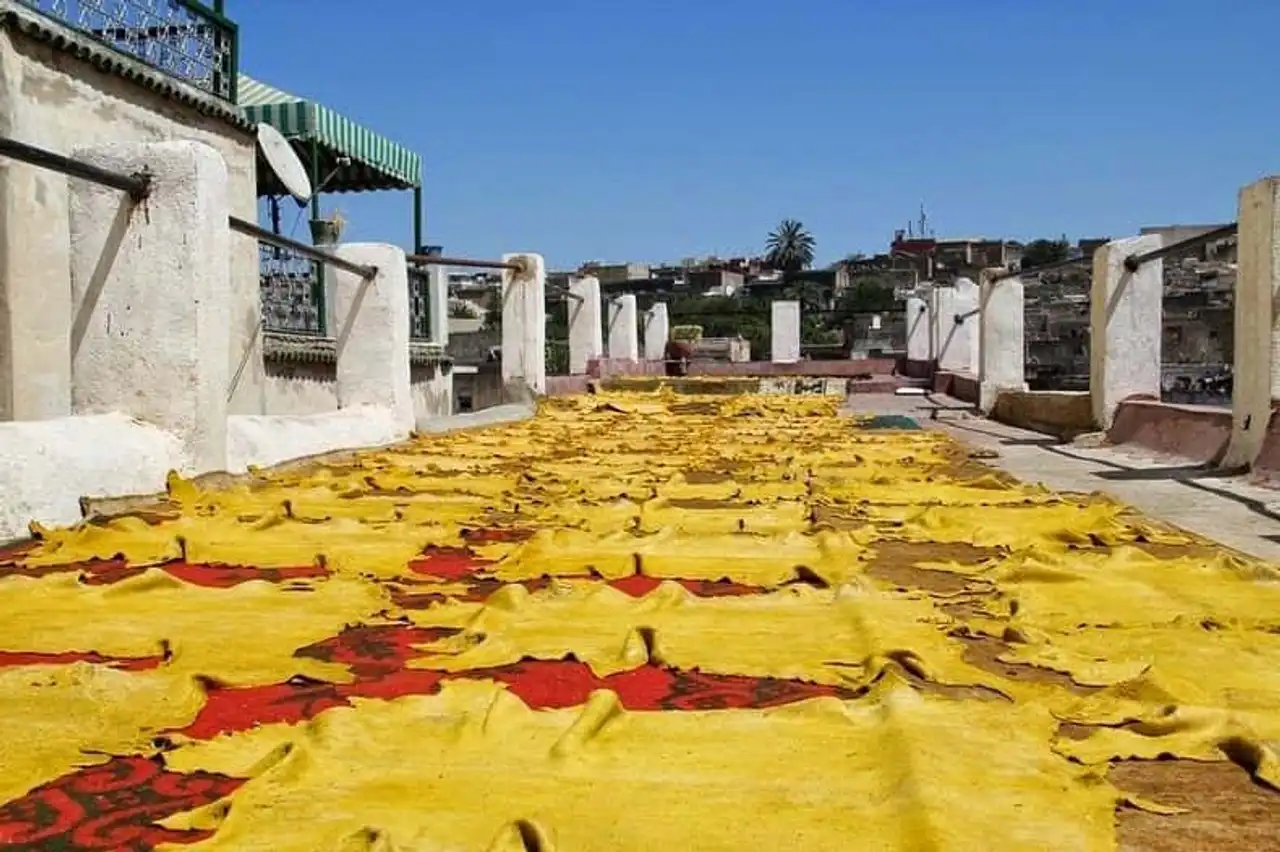
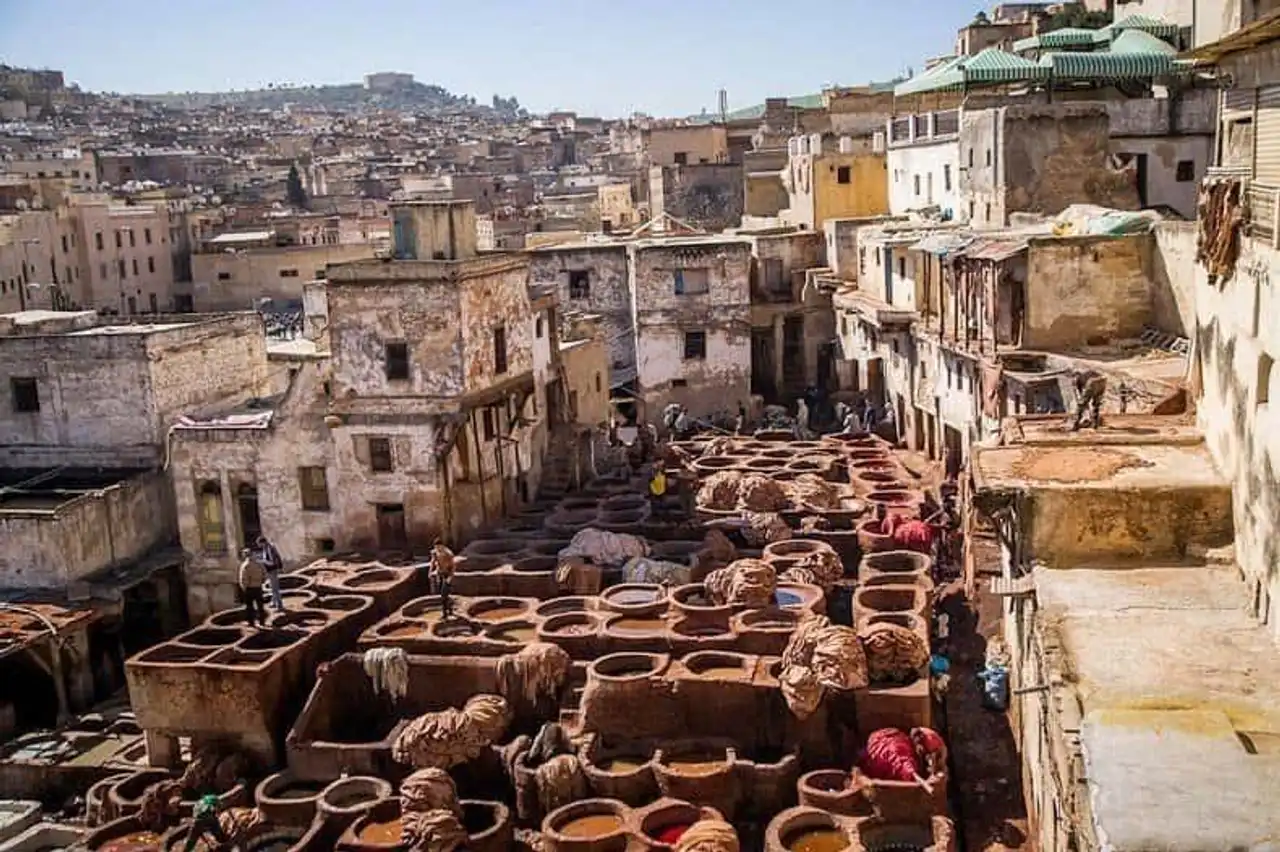
Have you visited Fez's tanneries?
Sources: 1 , 2 , 3 . Photos : 4




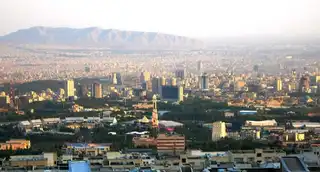
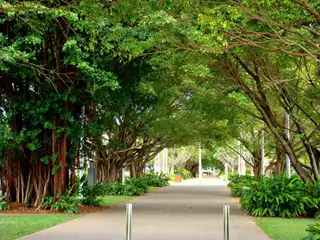

Loading comments ...